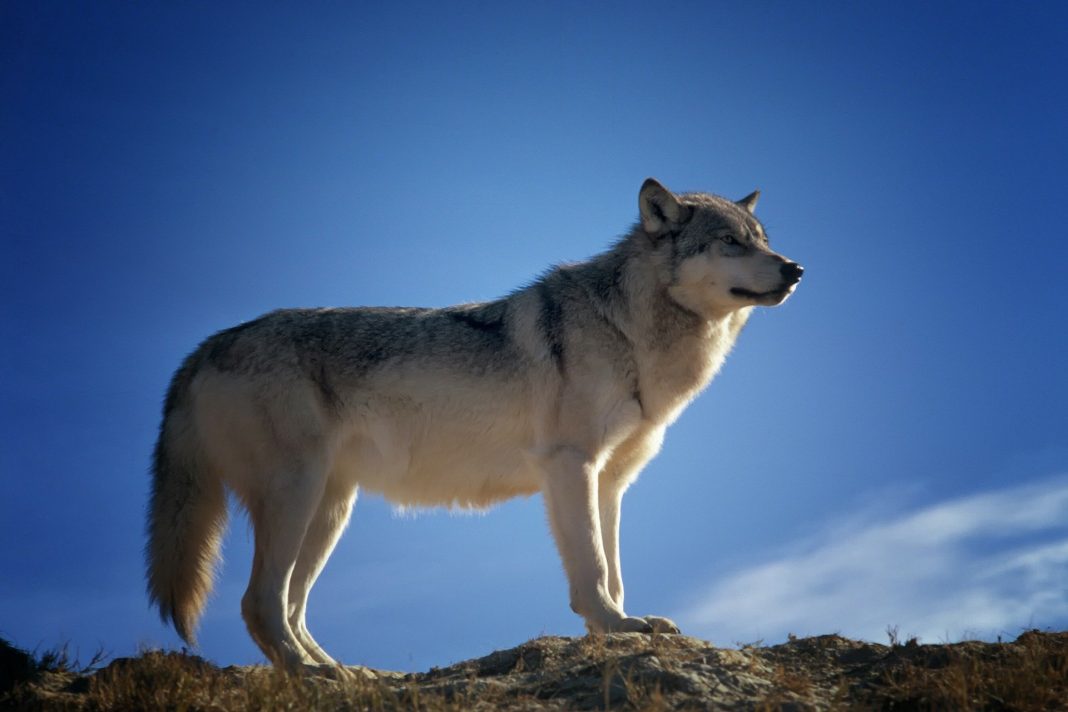Oregon’s annual wolf report has been released. The count is used to determine the minimum population of wolves in Oregon. During the count, wildlife officials use verified evidence to collect accurate numbers. Trail cameras, aerial surveys, and radio collars have become essential during these kinds of population counts. The count found that Oregon is home to a minimum of one hundred and fifty-eight wolves. Consequently, wildlife officials believe that wolf populations are expanding and doing well. One hundred and fifty-eight wolves is a fifteen percent increase from last year’s one hundred and thirty-seven wolves. 2019 seems to have been a good year for wolf population growth, as many states report an increase during their counts.
“The state’s wolf population continues to grow and expand its range, with three new packs in the Blue Mountains south of Interstate 84,” said Roblyn Brown, ODFW Wolf Coordinator.
Highlights from the Report
Oregon wildlife officials have released some of their highlights from the report. As a result, the highlights will be listed below.
- OR7, an old breeding male was photographed in the fall. However, he was not seen during the winter count. At eleven years old some officials believe he may have died.
- The Indigo pack was established in Douglas and Lane counties.
- There are now three breeding packs in western Oregon.
- A total of eight new packs were created. A pack is considered four or more wolves living together.
- Three packs fell below the four wolf minimum.
- Seven wolf deaths were reported during 2019. Five were struck by vehicles. One was shot by a landowner lawfully. The last wolf died of a disease.
- Using radio collar data points, officials found were the wolves spent most of their time. seventy-one percent of the locations were found to be on public land.
- There were sixteen confirmed cases of livestock depredation. That is down forty-three percent from the twenty-eight last year. The Rouge Pack depredated nine times in 2019. All other wolf packs make up the other seven cases.
- Twenty total livestock were lost to wolf depredation during the year.
- No wolves were lethally removed by ODFW for depredation during 2019
“We don’t know if OR7 has died, but it would be reasonable to assume considering his age, which is old for a wolf in the wild,” said Brown. “It is natural for packs to change over time as individual wolves are born, disperse or die.”
What are your thoughts on Oregon’s annual wolf report? Let us know in the comments.















